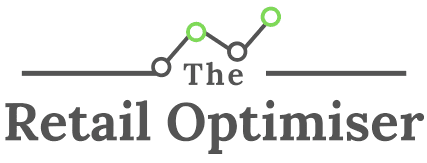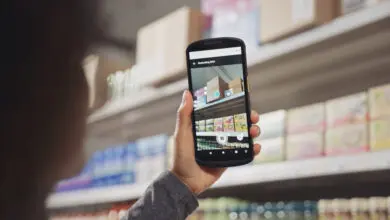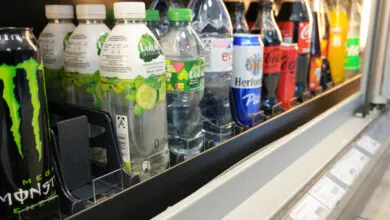Guest Feature: Increasing employee efficiency like Lowe’s, Bonita and Vera Bradley
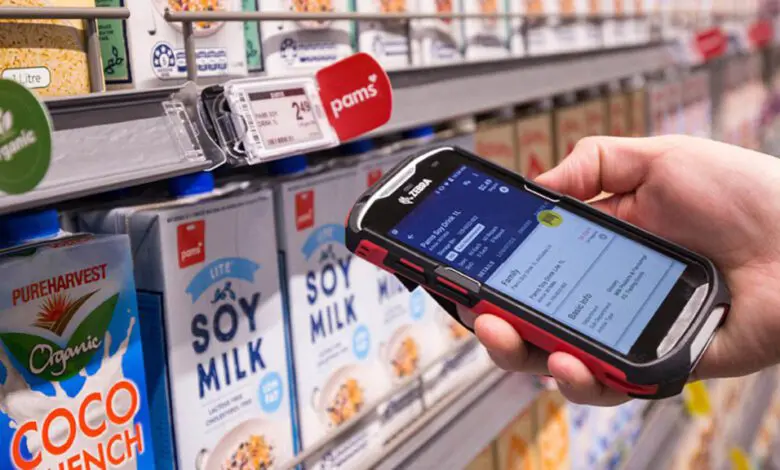
Modern technologies are an indispensable part of progress for companies that want to gain a competitive edge in the fast-paced retail environment. Digital solutions and the development of AI and automation should contribute to greater efficiency. A McKinsey study puts the potential global productivity gains from generative artificial intelligence alone at between 2.6 and 4.4 billion US dollars. The potential of digital tools to increase productivity in the retail sector should not be underestimated: For example, the American fashion company Vera Bradley increased the timely completion of company tasks from 40 to 95 per cent – with Zebra’s Workcloud Task Management solution, which is designed for efficiency.
Relieving the burden on existing employees and increasing their efficiency with digital solutions is currently a key issue in the retail sector, as the shortage of skilled labour is at an all-time high worldwide: in an international comparison, Germany shares second place with Greece and Israel and is therefore above the global average. 82 per cent of German companies are struggling to fill vacancies, according to a recent study by the Manpower Group.
Other challenges include ensuring that there are always enough employees on the shop floor to meet changing customer demand. Retail companies are under massive pressure to adapt to new situations and position themselves against their competitors. Employees play a particularly important role in this, as they often determine customer satisfaction with a brand.
Aligning staff requirements with customer demand
What is today’s retail reality in relation to these challenges? Zebra’s 16th Annual Global Customer Study, which surveyed 4,200 retailers, sheds some light on this.
According to the study, more than half of retail employees (61 per cent) say that they have too little time for customers due to too many routine tasks. This is also reflected on the customer side, with results showing that 63 per cent of customers are dissatisfied because there is too little help available from shop staff. A total of 38 per cent of retailers therefore see an important success factor in adapting staffing requirements to customer demand.
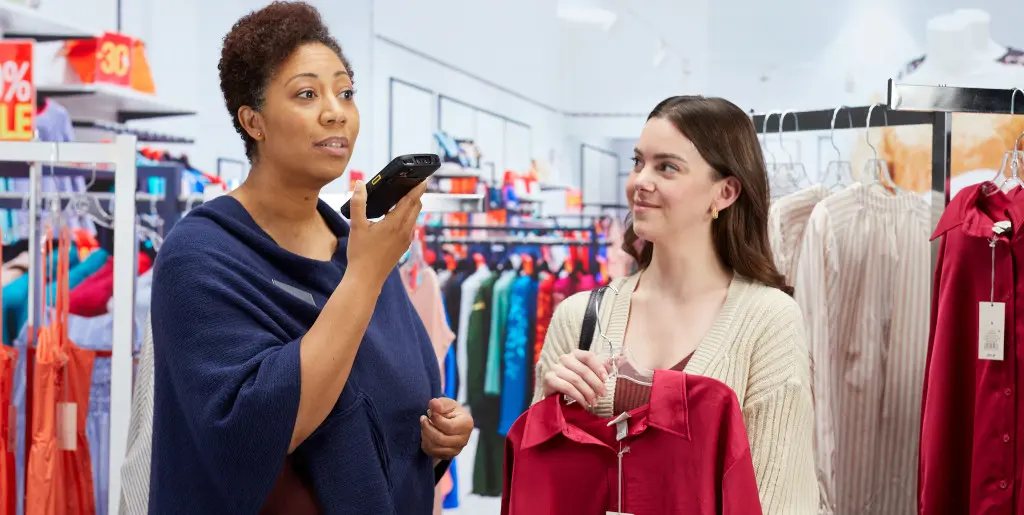
Three ways to maximise retail efficiency
There is therefore an urgent need for action. Companies need to focus on process automation and tools for an improved workplace experience. This is the only way their employees can really work effectively.
Zebra has identified three efficient technologies that retail companies can use:
1. Realise more tasks with task management
Retail-companies are flooded with requests from inside and outside their shops. Weekly mail, e-mail, messenger – the information comes in various ways and has to be sifted through and distributed. At the same time, they are endeavouring to offer customers the best possible shopping experience.
In Zebra’s recent Global Customer Study, 79 per cent of retail employees say they prioritise automated tasks to get through the day and try to do the right things. Having more staff on the floor, better customer service and relieving them of less important tasks is the goal of a task management solution like Zebra’s Workcloud Task Management.
Mastering the flood of tasks
Task Management helps companies to achieve better results: Branch managers use the tool to create task lists for company-wide, regional and daily tasks. These are automatically prioritised and sent to the employees’ mobile devices. This makes it possible to see at a glance which tasks need to be completed first. Employees can work systematically and are therefore more efficient, which saves time and benefits turnover.
The overview of completion notifications ensures that teams complete what needs to be completed first. Store managers can view task status in real time and know how much progress has been made. The solution offers comprehensive optimisation to increase efficiency. Retailers get everything employees need to improve execution, including shop tours and audits, standardised checklists and more.

Bonita structures tasks with task management
Since 2023, for example, fashion retailer Bonita has been using Task Manager to pre-select and prioritise tasks so that employees can complete their work more easily, quickly and efficiently. The store team can see their respective tasks on an overview screen on their tablet and receive automatic notifications if a task requires quick attention or has a high priority.
The solution also benefits the optimised design of the shop windows. The Task Manager photo feedback function gives Visual Merchandising colleagues a clear overview of how the collections are positioned. Employees simply take a photo of the relevant products in the store and attach it to the completed task. The merchandising managers can then provide immediate feedback.
2. Real-time communication
“Communication is the most important thing” – most people agree with this statement, but according to a Gallup study from 2020, 87 per cent of employees believe that there is no effective internal communication in their company. But what does this mean in retail? Communication is more than just conveying information in quarterly meetings. It is much more about having an overview of all stores, employees and customers. And last but not least, employees in direct proximity to customers need the necessary tools to communicate and serve customers quickly.
According to Zebra’s 16th Global Customer Survey, 79 per cent of retail employees prefer to collaborate with their team via a mobile device in-store because they believe their work would add more value to their organisation if they had the right tools.
Simple mobile communication
Zebra’s branch communication solution Workcloud Communication works via mobile device. It enables 1:1 communication and provides employees with the kind of messenger tool that is commonplace in their private lives. The tool creates the basis for intelligent instant communication at every level of the organisation through peer-to-peer instant messaging and messaging between the business and the field.
Retailers can use it to communicate quickly and effectively. By addressing them directly, they avoid confusion and reach employees in the stores quickly and effectively. The technology also offers the option of creating templates and distribution lists, simplifying communication with shop employees.

DIY chain Lowe’s: Networking employees
At US home improvement chain Lowe’s, employees across the organisation are collaborating with Zebra Workcloud Communication via their tablets and handheld mobile computers. Contact with individuals or groups using voice and text messaging is possible in all areas of the company, including car parks, garden centres and other outdoor areas covered by the wireless network.
Lowe’s has been able to increase employee productivity and simplify store operations by focusing on mobility. Zebra mobile solutions enable the retailer to consolidate disparate computing and communications devices into a single enterprise-class Android-based operating system (OS). Consolidating all business-critical workflow applications and communication tools helped to increase employee efficiency and improve workplace safety and satisfaction.
3. Workforce Management improves productivity
Staff scheduling plays a crucial role in retail because it contributes to employee productivity and satisfaction and, consequently, customer service should benefit from it. An important goal of effective staff scheduling is to adjust staff costs to the customer volume forecast and minimise losses due to overstaffing or understaffing.
Effective staff scheduling ensures that the right number of employees are on the floor and that the shifts match the forecast demand. Plan coverage guarantees that enough employees are scheduled to cover the forecast demand. The aim is to achieve minimum coverage, but not to over-cover.
Mobile planning motivates
Intelligent workforce management: AI-supported workforce scheduling, such as the Workcloud Workforce Optimisation Suite, automates the planning process and ensures that store employees receive accurate schedules that take their preferences and needs into account. In-store workloads are also factored into workforce scheduling, ensuring the right number of employees are scheduled for in-store tasks.
Self-service solutions for staff are also crucial for employee engagement. With self-service solutions, employees can view their schedules and time entries at any time, swap shifts and send sick notes – all conveniently via smartphone. Store managers receive the requests in real time and can approve or reject them as soon as they are received.

Planning saves time and money
Staff scheduling often takes hours – and even after all the time store managers have invested, there are changes again. Staff scheduling software automates the planning process and synchronises all employee availabilities, historical data and even forecasts. This saves valuable time.
With Zebra’s Workcloud Workforce Optimisation Suite, store managers no longer plan by hand. They create schedules electronically with just a click of the mouse. For example, Vera Bradley, a US designer of women’s handbags, travel goods and accessories, has seen a 25-50 per cent improvement in scheduling effectiveness since implementing the solution by allocating work according to customer demand. Store associates can now spend at least an additional 15 hours per week on the sales floor.
Integrating modern technologies
The solutions presented change the personnel optimisation process and have a positive impact on the entire company. These powerful solutions – which can also be used on their own – simplify personnel and task management and improve the networking of employees in direct contact with customers so that they can work as a team. Together, they unlock the productivity potential in retail in a unique way.
